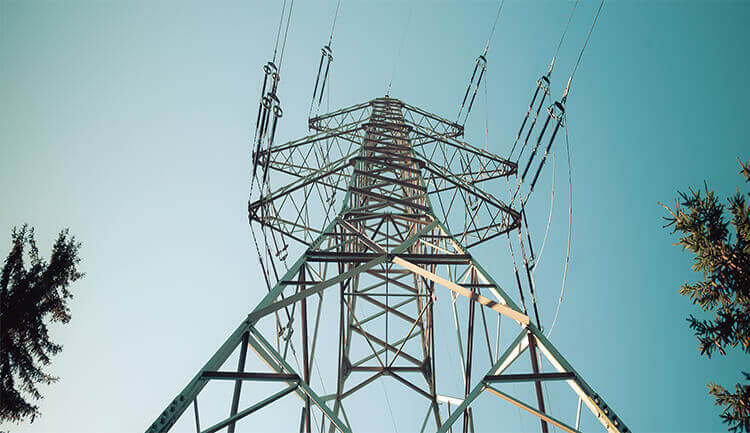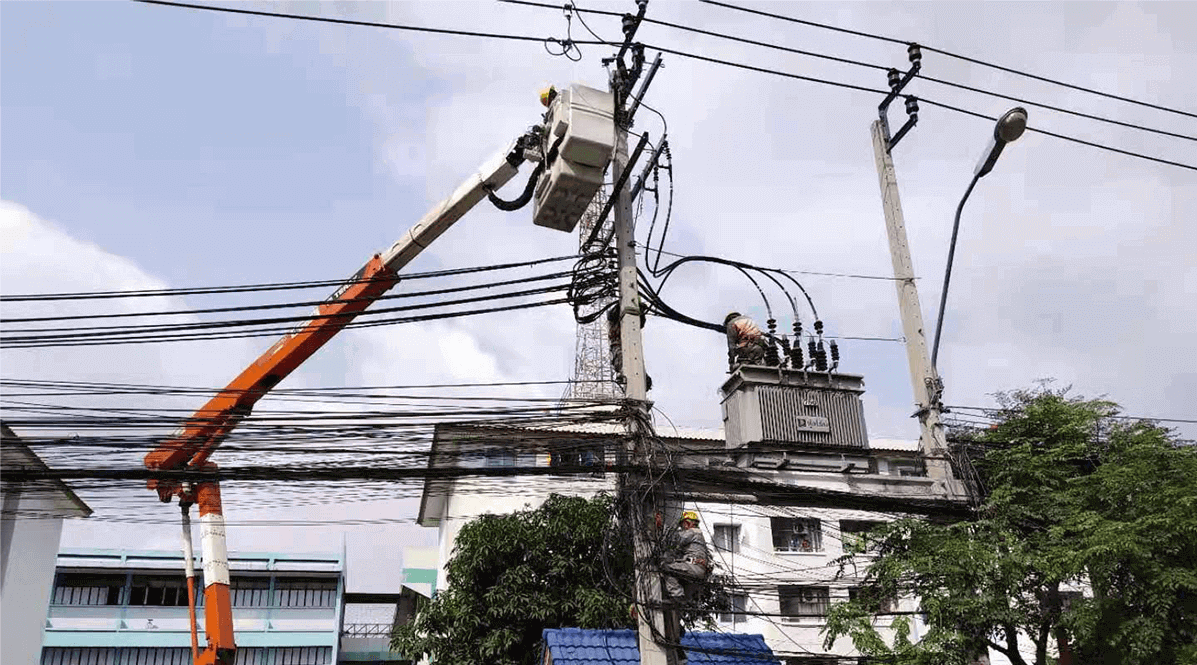



 >Applications>Cable testing
>Applications>Cable testing
A cable fault is when the insulation of a power cable deteriorates enough that it's no longer able to contain the voltage, causing a short. Cable faults can cause damage to the cable itself and the equipment it is connected to. It can be caused by any number of things, such as the end of service life, strong loads, external influences, and installation faults.
There are different methods to locate cable faults depending on the type of fault and the type of cable.
1. Electric bridge method
Firstly, short-circuit the faulty and non faulty phases of the cable at the cable terminal. Then, use a single arm bridge to connect the faulty and non faulty phases at the beginning of the cable. Finally, measure the resistance of the non faulty phase and the resistance after the fault point of the faulty phase, and add them together to compare the resistance before the fault point of the faulty phase. Taking into account the length of the cable, the detailed location of the cable fault point can be calculated.
Simplicity, convenience, and high accuracy are the main advantages of the bridge method. The disadvantage of the bridge method is that it is not suitable for detecting high resistance and flashover faults. This is mainly because when the fault resistance is high, the bridge current is usually small, making detection more difficult. In addition, when using the bridge method for testing operations, the cable length should be known in advance. When encountering different cable cross-sections that make up the cable line, conversion should be carried out first, and then testing should be carried out.
2. Low voltage pulse reflection method
Injecting low-voltage pulses into a cable fault, based on the impedance mismatch between the fault point and other points, causes reflected pulses to appear when the low-voltage pulse propagates in the cable. Based on the actual round-trip time difference between the transmitted pulse and the reflected pulse and the specific propagation speed of the pulse, the location of the fault point can be calculated. Due to the fact that instruments used to measure cable faults usually use rectangular pulses, which are easily formed. If the reflected pulses obtained in actual measurements overlap with the emitted pulses, it will be difficult to distinguish and the specific distance of the fault point cannot be measured. It can be said that this detection method has a certain detection blind spot.
3. Impulse high-voltage flashover method
One of the widely used methods for detecting cable faults by construction personnel is the impulse high-voltage flashover method. The detection principle of this method is to apply impulse high voltage at the beginning of the faulty cable, so as to quickly breakdown the fault location and record the data information of voltage jump at the fault location in an instant. On the basis of carefully studying the cable fault location and the time consuming data information from the beginning to the end of the cable, the time distance is tested to identify the fault location and implement solutions.
4. Secondary pulse method
For the secondary pulse method, it is effectively applied to form an integrated high-voltage generator that generates an instant impulse high-voltage pulse and sends it to the cable fault location. Under the premise of effectively piercing the fault location, it prolongs the uninterrupted time of arc formation at the fault location after breakdown. Of course, it should be clear that at the same time, a trigger pulse can trigger the operation of the secondary pulse automatic triggering device and the cable detection instrument. Based on the activation of the secondary pulse automatic triggering device, two low-voltage pulses are emitted, which are effectively transmitted on the faulty cable after forming the secondary pulse device, thereby causing cable breakdown. Check the characteristics of voltage waveform fluctuations and the reflection wavelength of the entire process of forming an arc through testing instruments, comprehensively and systematically record them on the screen of the testing device, and distinguish a series of types of current fluctuations, one of which reflects the actual length of the cable; Another embodiment is the actual distance of a short circuit cable fault.
